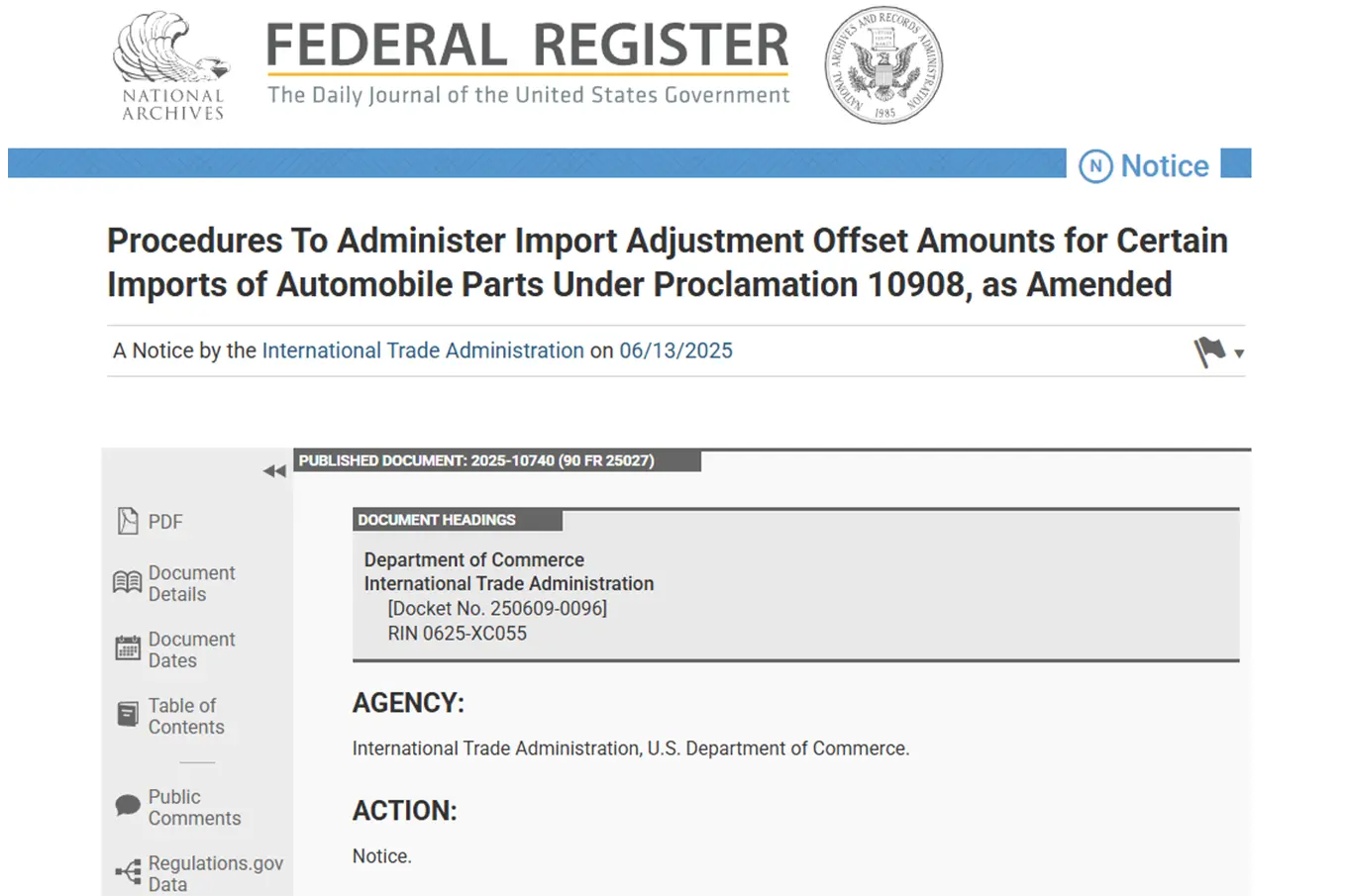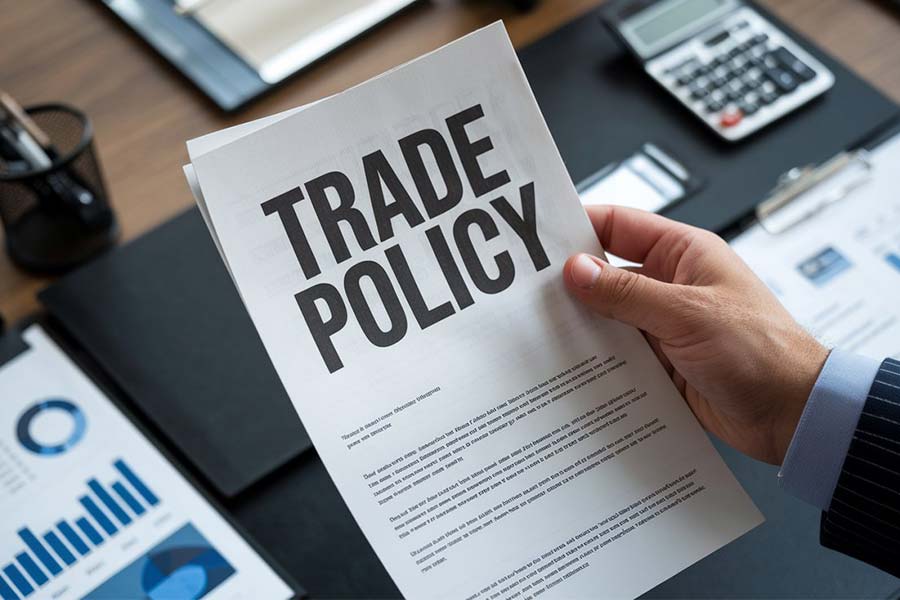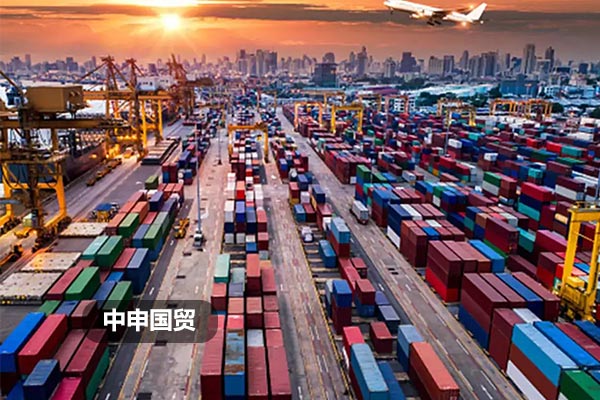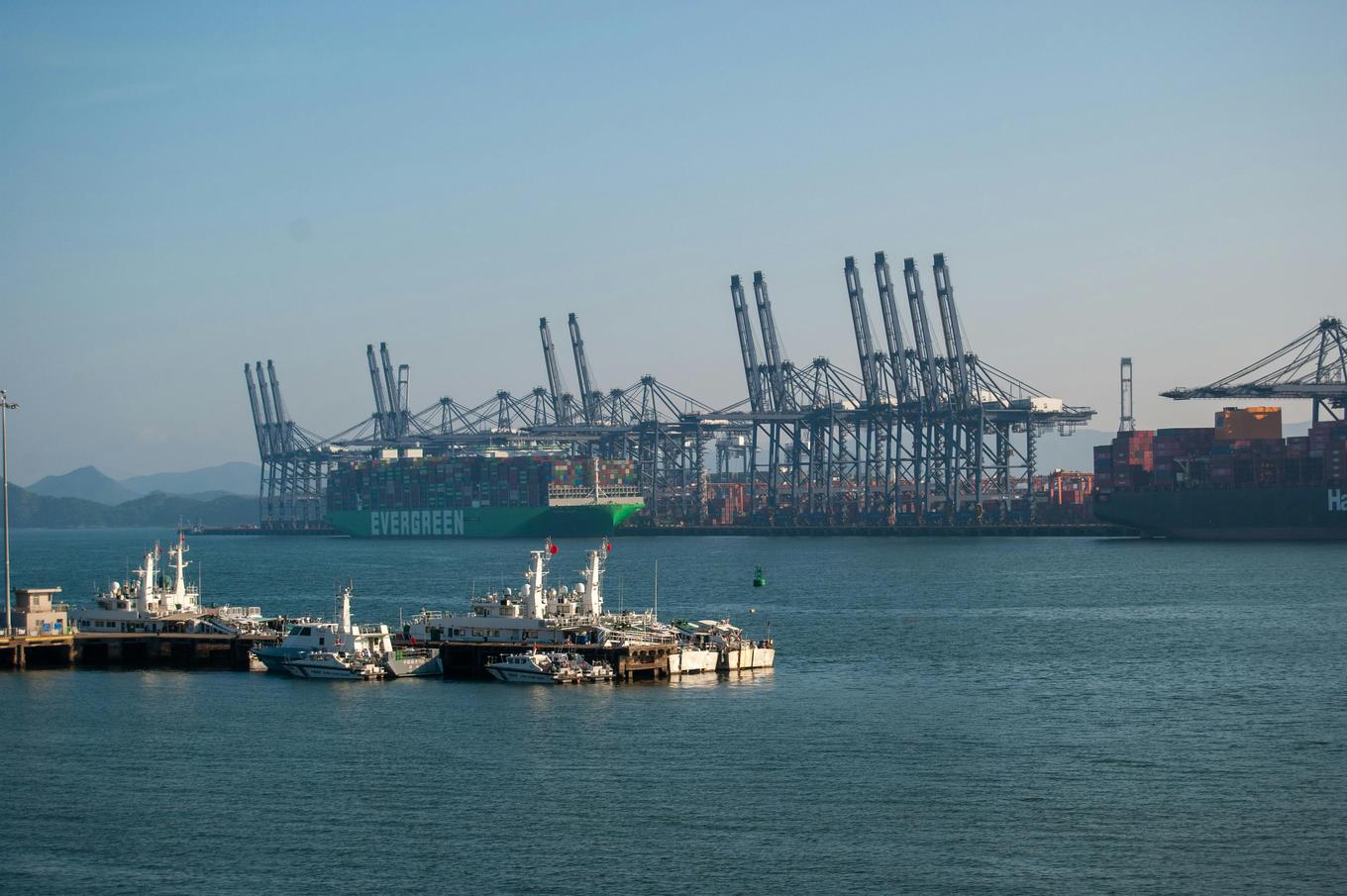- Shanghai Zhongshen International Trade Co., Ltd. - Two decades of trade agency expertise.
- Service Hotline: 139 1787 2118
Dual-use items refer to goods, materials, equipment, and technologies that can be used for both civilian and military purposes. Due to their sensitive nature, they are subject to strict export controls and regulations. Understanding the control requirements and compliance procedures for dual-use items is crucial when exporting to Russia to avoid legal and financial risks from non-compliance. This article provides guidance on dual-use itemsCompulsory certificationquery methods and compliance guidelines.

What Are Dual-Use Items?
Dual-use items refer to goods, materials, equipment, and technologies that have both civilian and potential military applications. These items may include high-precision electronic devices, advanced materials, chemicals, and specialized software and technologies. Due to their dual-use nature, governments impose strict export controls to prevent their use for military purposes or the development of weapons of mass destruction.
Dual-Use Item Control Framework for Exports to Russia
International and National Control Policies
The export of dual-use items is subject to dual regulation under international and national laws, including:
- Wassenaar Arrangement: The Wassenaar Arrangement is a multilateral agreement controlling the export of conventional arms and dual-use items. Its control list includes many high-tech products and technologies.
- Eurasian Economic Union (EAEU) and Russian National Regulations: As a member of the Eurasian Economic Union, Russia implements unified regulatory measures for imported dual-use items. Additionally, Russia imposes additional control measures based on its national security requirements.
- United Nations Security Council Sanctions: Resolutions of the United Nations Security Council may also impose controls on certain items exported to Russia, which need to be confirmed before export.
EU and U.S. Sanction Measures
Due to multiple economic sanctions imposed on Russia by the EU and the U.S., extra caution is required when exporting dual-use items to Russia. During export, exporters must ensure their goods do not violate these sanction requirements and are not related to sanctioned individuals, enterprises, or institutions.
How to Query Control Requirements for Dual-Use Items
Check the Dual-Use Items List
Before deciding to export an item to Russia, it is advisable to consult relevant dual-use items control lists, such as:
- Wassenaar Arrangement List: The list published on the Wassenaar Arrangement website details items and technologies subject to control, which can be cross-referenced based on specific product characteristics. Website:https://www.wassenaar.org
- National Export Control Lists: Consult the export control lists of your country, such as the U.S. Export Administration Regulations (EAR) or the EU Dual-Use Items Regulation (Regulation (EU) 2021/821).
- U.S. Export Administration Regulations query website:https://www.bis.doc.gov/index.php/documents/regulations-docs
- EU Dual-Use Items Regulation query website:https://ec.europa.eu/trade/import-and-export-rules/export-from-eu/dual-use-controls
- China Dual-Use Items Export Control query website:https://fairtrade.sww.sh.gov.cn/action/lsp/export_purpose
HS Code and ECCN Code inquiry
- HS Code: For general items, their HS codes can be used to determine if they are subject to special export controls.
- ECCN code: For highly technical products, the ECCN (Export Control Classification Number) code should be used to determine their control status. ECCN codes are primarily used for U.S. export controls and can be queried in the Export Administration Regulations database.
Export Consultation Services
Export RepresentationCompanies and professional export compliance consultants can provide compliance inquiry services for dual-use items. They can help determine whether the exported items are subject to control and assist in completing relevant compliance procedures.
Compliance Procedures for Exports to Russia
Obtain Export Licenses
If the exported items are confirmed as dual-use items, exporters must apply for an export license from their countrys export control authorities. This process may require detailed product descriptions, usage explanations, and end-user information.
- Russian Import License Requirements: For dual-use items entering Russia, the importer may need to provide an import license and ensure the items comply with Russian import safety requirements.
Document Preparation and Customs Clearance Process
- Commercial invoice and packing list: Detailed commercial invoices and packing lists must be provided, describing the items specifications, quantity, unit price, and total value.
- End-User Statement: To ensure dual-use items are not used for military or illegal purposes, importers typically need to issue an end-user statement specifying the items intended use and the end-users identity.
- Compliance Declaration and Review: Exporters must conduct internal compliance reviews to ensure their operations meet domestic and international export control requirements.
Logistics and Tracking
For the transportation of dual-use items, exporters should choose experienced logistics companies to ensure compliance with regulations and enable timely tracking of shipment status to meet any potential inspection requirements.
V. Precautions
- Sanction Risks: Russia is currently subject to multiple international sanctions. Exporters must ensure their items are not related to any sanctioned individuals, enterprises, or institutions and do not violate sanction requirements.
- Accurate Classification and Certification: Ensuring accurate classification of dual-use items and obtaining necessary export licenses is key to entering the Russian market.
- Partner Review: Exporters need to conduct due diligence on their Russian business partners to confirm they are not involved in sanctioned activities, thereby reducing risks.
Conclusion
Dual-use items exported to Russia are strictly regulated due to their sensitivity. Enterprises must conduct thorough inquiries and assessments of the nature, intended use, and regulatory requirements of these items before export. Ensuring compliant document preparation and license applications can effectively mitigate risks and facilitate smooth exports. By leveraging professional export agency and consulting services, enterprises can better address compliance issues related to dual-use item exports, paving the way for market entry into Russia. We hope this article provides valuable assistance for your export business, helping you navigate complex export controls with greater confidence and ease.
Related Recommendations
Contact Form
? 2025. All Rights Reserved. Shanghai ICP No. 2023007705-2  PSB Record: Shanghai No.31011502009912
PSB Record: Shanghai No.31011502009912










